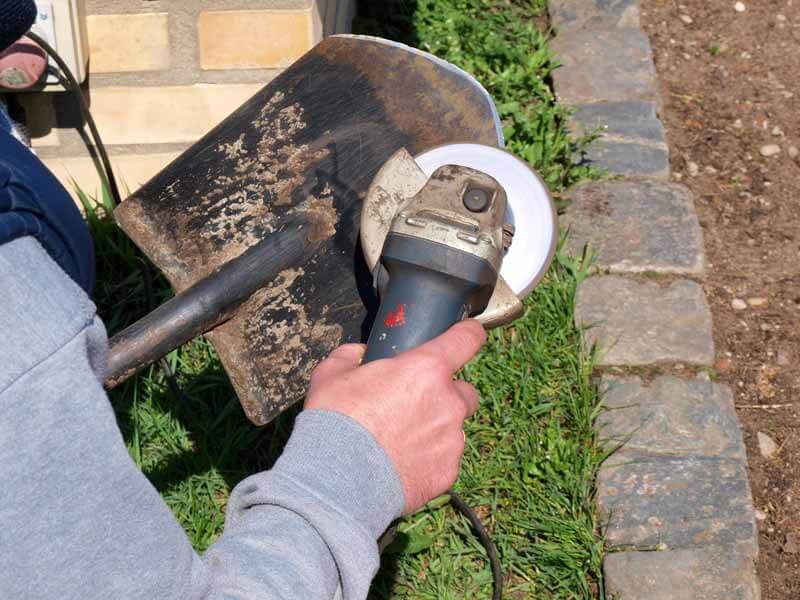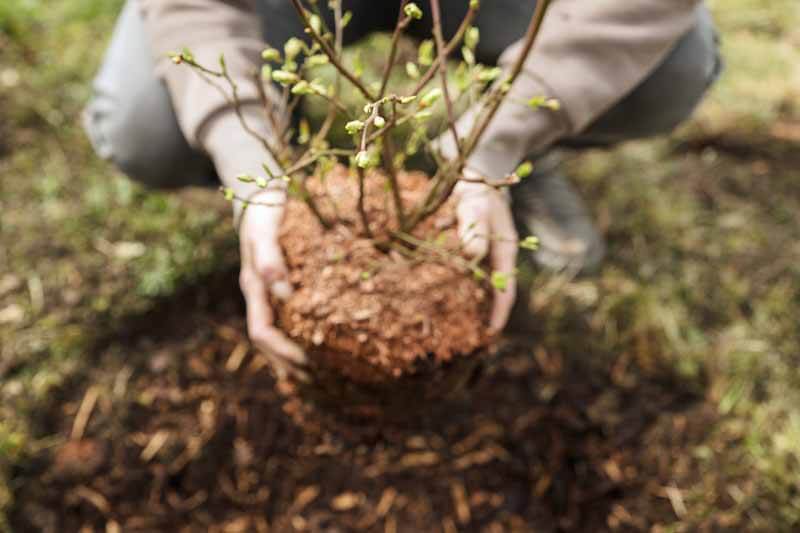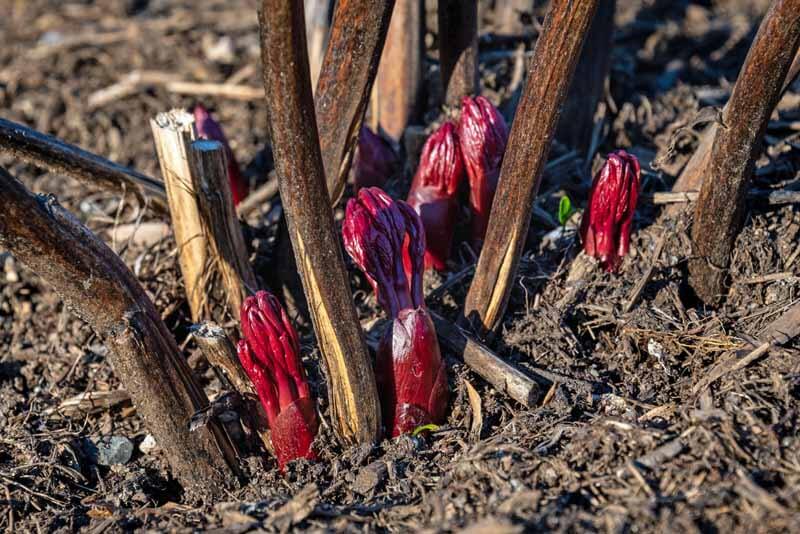
Take a Garden Stroll
With a steaming cup of coffee in my hand, I walk out into my garden this February morning and delight in seeing the nodding, bell-shaped white flowers of snowdrops (Galanthus nivalis) (Click here to learn more about other early spring bulbs like snowdrops). I have a bed of these early-blooming winter flowers that have naturalized in a shady area of the garden. They are among the first blooming plants of the year. I see a few weeds here and there and pulling them will be a task for later in the morning.

Just beyond the snowdrops is a mass of hellebores (Helleborus hybrids) that have, over the seasons, re-seeded and naturalized (Click here to learn more about Helleborus). They are now in full bloom and make quite a showing in the winter garden. I thought that I had groomed them all in fall but realize that there is still more grooming to be done. The old leaves need to be cut off. It can be a delicate job because it is easy to cut a new flower stem or emerging leaf. It is just another task to complete before the month is over, and spring actually arrives.
Beds and plants need cleaning up, tools need care, and the lawn requires tidying. Here are all of the late-winter garden tasks that I undertake to get my garden space into gear for the coming spring.
Prepare Your Garden Tools

There are a few, what I call “general preparative maintenance tasks” yet to be completed in late winter that I plan on doing soon. These include things such as getting the lawnmower tuned up, and the pruning shears and spades sharpened, cleaned, and oiled; it is nothing very exciting and rather mundane tasks to me, but once completed I will feel that I am ready to begin to garden.
Prune Roses

Not that I believe that roses know the day of the month or when we celebrate certain holidays, but in the Pacific Northwest President’s Day has been the traditional time to prune roses. For hybrid tea roses, this is the time to remove any dead or dying canes. I like to thin my roses by taking out small and weak canes, so I am left with a bush that is about 18 inches tall with 4-5 sturdy canes. I also take off all of the old leaves on the ground and remove them from the area. The debris can harbor insects or diseases from the previous year, so it is important to remove all old plant material. It is also a good time to remove any weeds around the roses. (Click here to learn more about pruning shrub roses.)
Plant New Roses or Shrubs

If you have some roses that have not performed well or perhaps were disease-prone, it is a good time to replace them. You can replace them with new choice shrubs or more disease-resistant roses. New bare-root roses start arriving at garden centers at this time, and the selection of varieties is probably better now than at any other time of year. Check the tags on roses as to their disease resistance properties. Since many of the new varieties have been bred to be disease resistant, this should be noted on the label. At planting time, be sure to amend the soil with Black Gold Peat Moss. (Click here to learn more about organic rose care and planting.)
Cut Back Old Perennials

If you have not cut your herbaceous peonies back to ground level, do it now, and be very careful not to accidentally cut any of the new stems that are emerging from the ground. Remove the old stems and any leaves left from last year as old peony leaves can carry several diseases that can infect new growth in the spring. Keep the area around peonies free from any debris. This cutting-back process should be done with all other perennials that have old, dead leaf material from the previous year.
Prune, Clean, Plan New Plantings

You may have heard many gardeners say that a garden is never complete because there is always something else that needs to be done. In my garden, I can certainly attest to this. As I look around, I see some shrubs and small trees that need some additional pruning. Then there are the pathways in the garden that need to be re-defined and the brick edging that should be re-worked. I also like to take this time to think about what plants need to be removed or transplanted. Some gardeners refer to this as ‘editing’ because there is always something that is in the wrong place or has grown too large and needs to be divided. For most plants, February is still a good time to transplant.
As I gaze over my garden, I am already thinking of what new plants I will be buying in the spring and what new combinations I will have in my many pots. We have recently had some much-needed rain, and I am thrilled that my soil is having rain penetrate into the root zone of many plants. While I am not quite ready for spring, I will welcome its arrival and will hopefully have my late-winter tasks completed.
Late-Winter Garden Task List:
- Clean and sharpen spades, pruners, and other tools
- Cut back old perennials
- Divide and move perennials that have grown too large
- Get lawnmowers and other gas-powered equipment serviced
- Plant shrubs
- Prune roses, shrubs, and trees
- Rake up any leaves and debris that have blown into the lawn
- Remove winter weeds
- Repair heaved or damaged garden walkways
- Stop and admire your emerging garden
